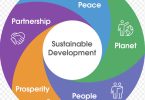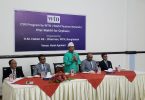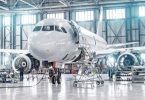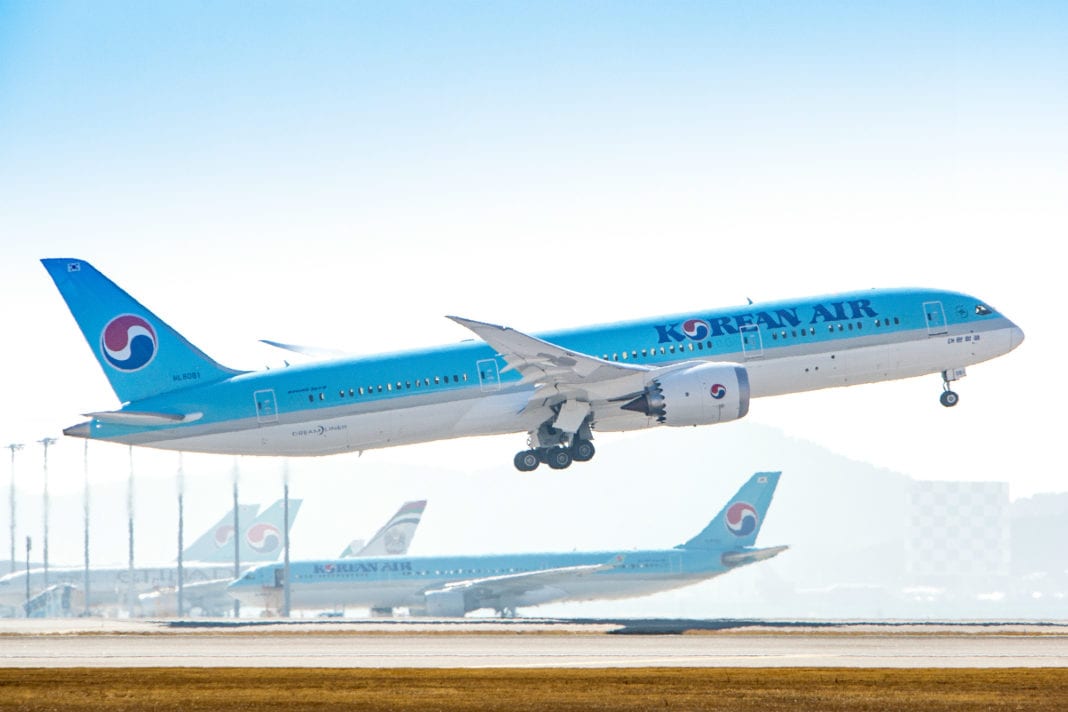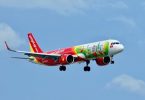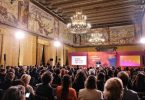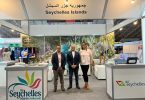Seoul is a modern, lively city that cherishes its heritage. I got this message over and over again, beginning with my ride from Incheon Airport – recently named World’s Best Airport for 2009 – to the Sofitel Ambassador hotel located in the center of the city. As we drove around Seoul, dropping people off at their various hotels, I became fascinated with the passing images of contemporary meets historic. At a stop light, I saw gleaming glass towers on one side of the street and quaint, little shops with lanterns hanging from the building’s eaves on the other side of the street.
On day one of a grueling 13-hour itinerary, our enthusiastic tour guide very astutely recognized our waning endurance as the day moved along and juggled our afternoon schedule to allow us a little break to freshen up for a welcoming dinner that evening. She tossed out a couple of stops to instead take us on a quick, unplanned jaunt to see the Cheonggyecheon stream.
We walked along a busy sidewalk and down a level of concrete steps. When I looked up, I saw the stream, flowing through Seoul like the lifeblood of the city, bordered by sleek concrete walkways, and alive as any stream would be, with cool rushing water and little fish swimming through its currents. This stream became symbolic to me of the intention to meld modern-day with preservation and is a prime example of the city’s purposeful evolution.
At the welcoming dinner, one of three vice mayors of Seoul asked those at our table what our first impression of Seoul was. When I replied that it was very modern, he agreed, but was quick to add that heritage was just as important. He explained that every time ground is broken for the construction of another building, artifacts are always unearthed, which I understood to mean that these found historic remnants remind them that there is a legacy that needs to be remembered along with the birth of the new.
The next morning, we attended the Seoul Tourism Forum, where again this development philosophy was made evident when Mr. Yoon-dae Euh, chairman of the presidential council on nation branding, said in his keynote speech that their government is “balancing ultra-modern renewal with careful restoration of its ancient buildings and preservation of the environment.”
Our next stop was a tour of Gyeongbokgung, where again I was struck by the majestic beauty of this restored historic palace against the skyline of Seoul’s tall urban buildings. As we stood in the hot sun to take in the colorful sights and drumming sounds of the changing of the guards, my mind drifted back to the previous day when we walked along the Cheonggyecheon stream – a refreshing oasis in a progressive city, where the temperature is about 6.5 degrees F cooler than the rest of the city because of the existence of this stream.
In the early 1950s, after the Korean War, this little stream was eventually covered up with concrete, and in 1976 an elevated highway was built over it making it an industrial success of modernization. In 2003, President Lee Myung-bak, then the mayor of Seoul, began a US$900 million project to restore it, under much controversy, and today it is looked upon as a major success in eco-friendly urban design and enjoyed by both residents and tourists.
The restoration work helped to lay the foundation for Seoul to become an eco-friendly city and to me is the epitome of Seoul – the old and the new, the history and the future, the ancient and the modern.
For more information about Seoul, go to the Seoul Tourism Organization website at www.seoulwelcome.com or call +82-2-3788-0800.
(eTN): Seoul – ancient roots in a modern city | re-post license | post content




